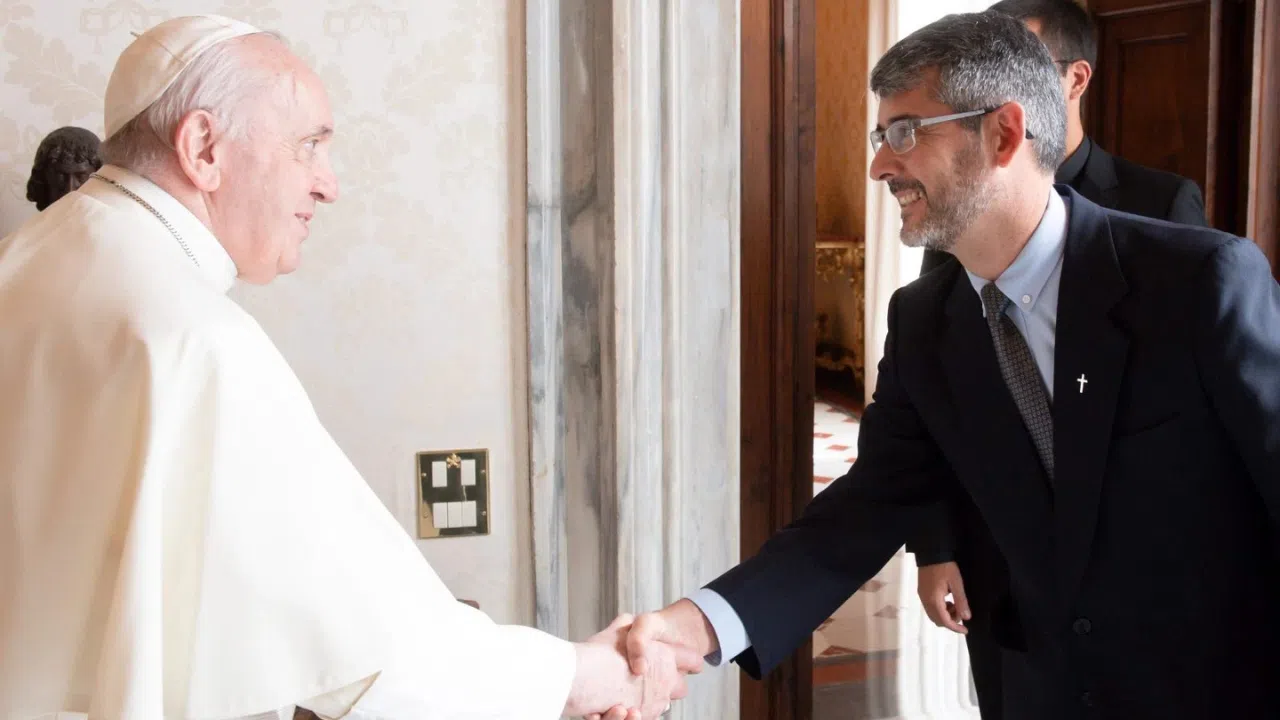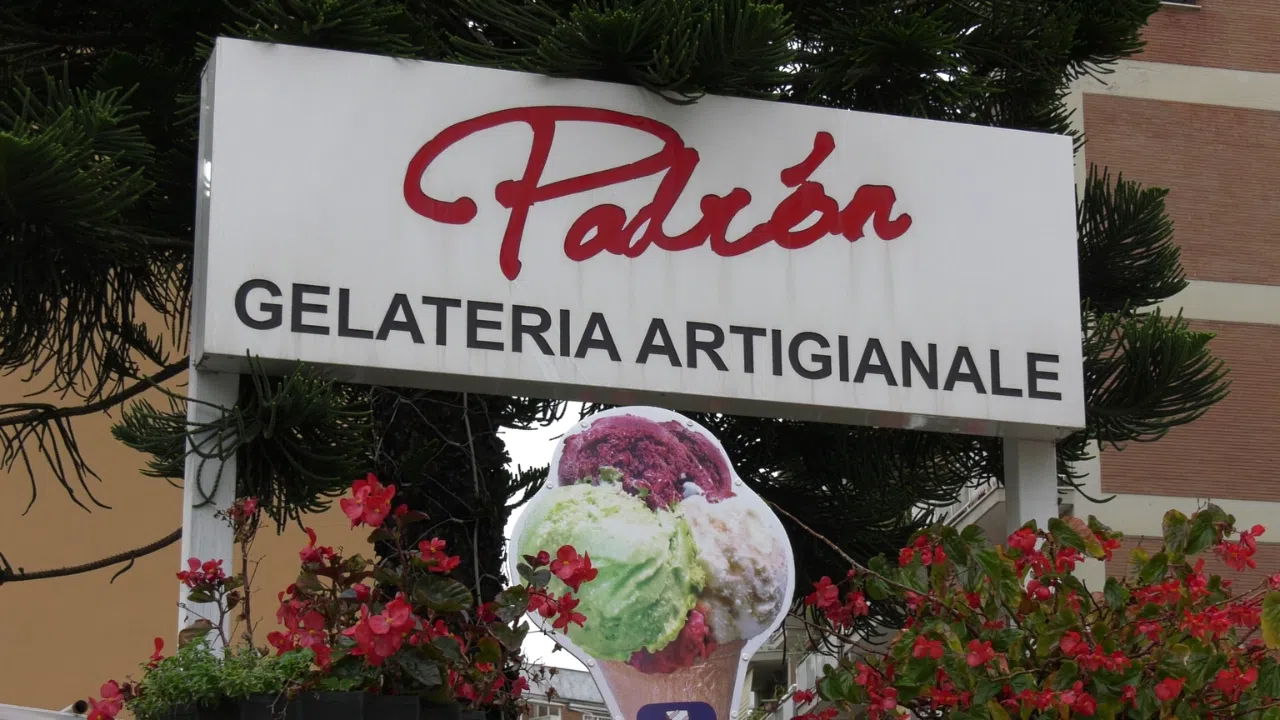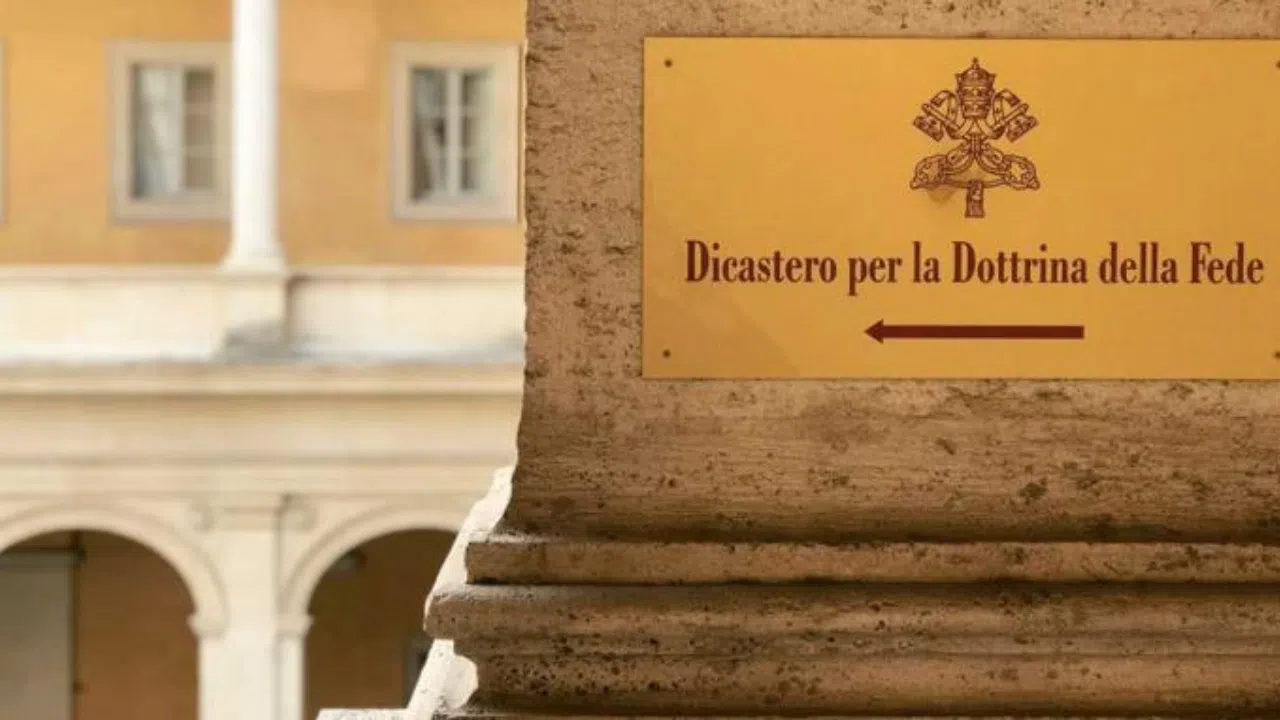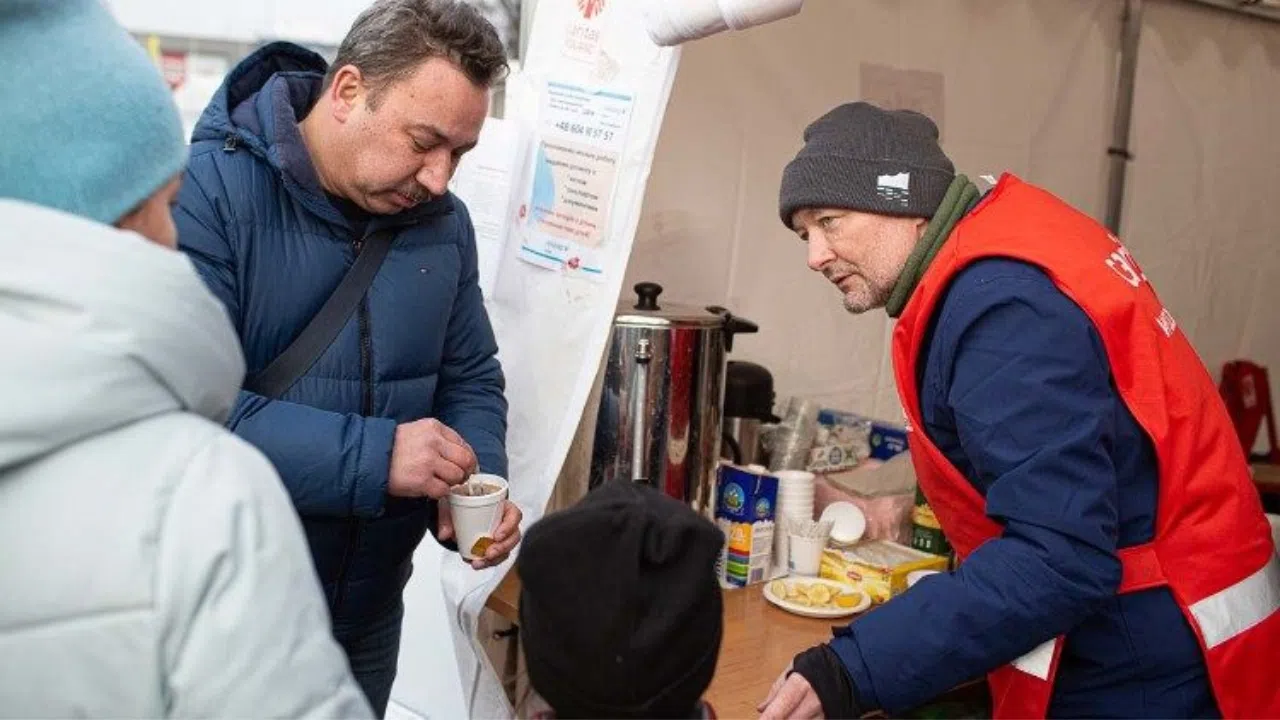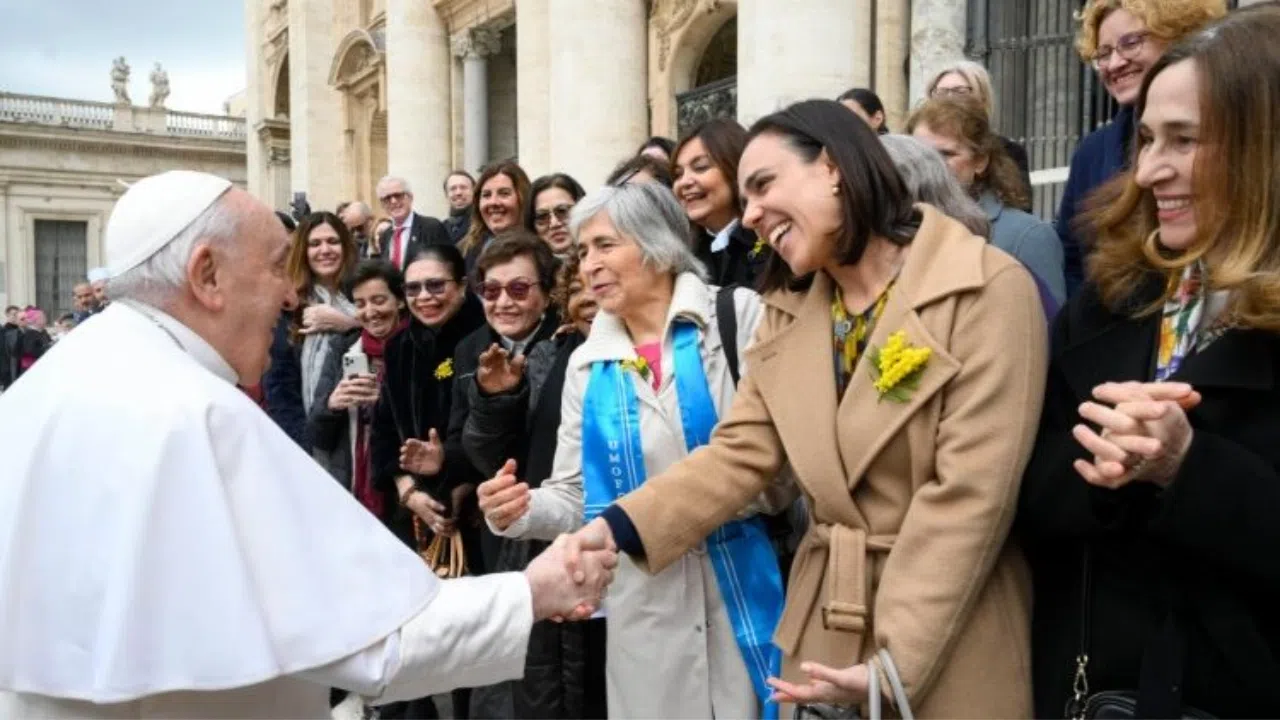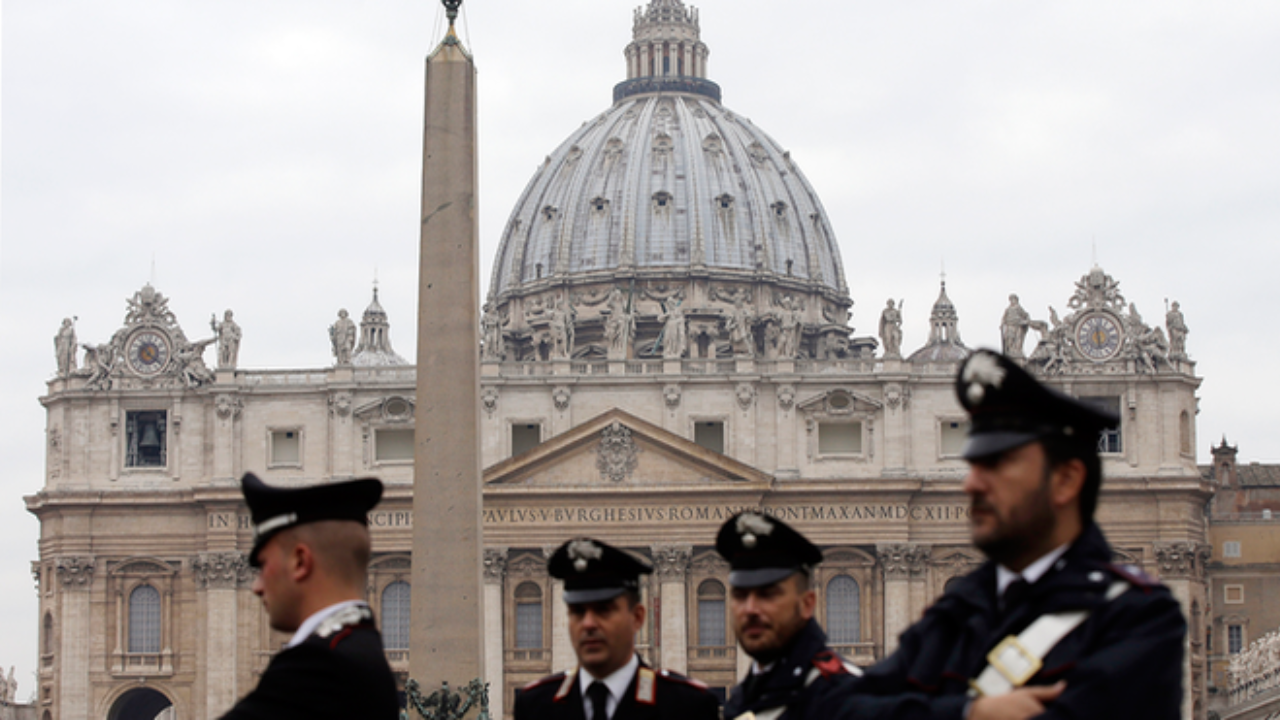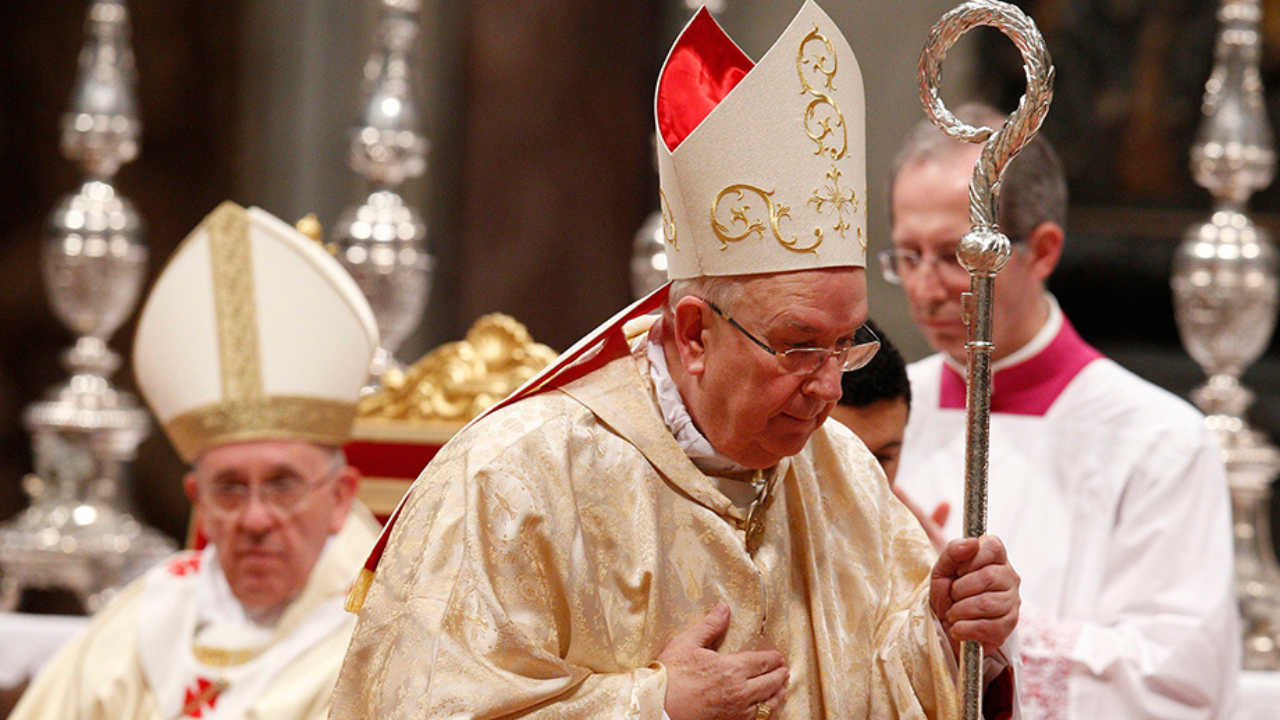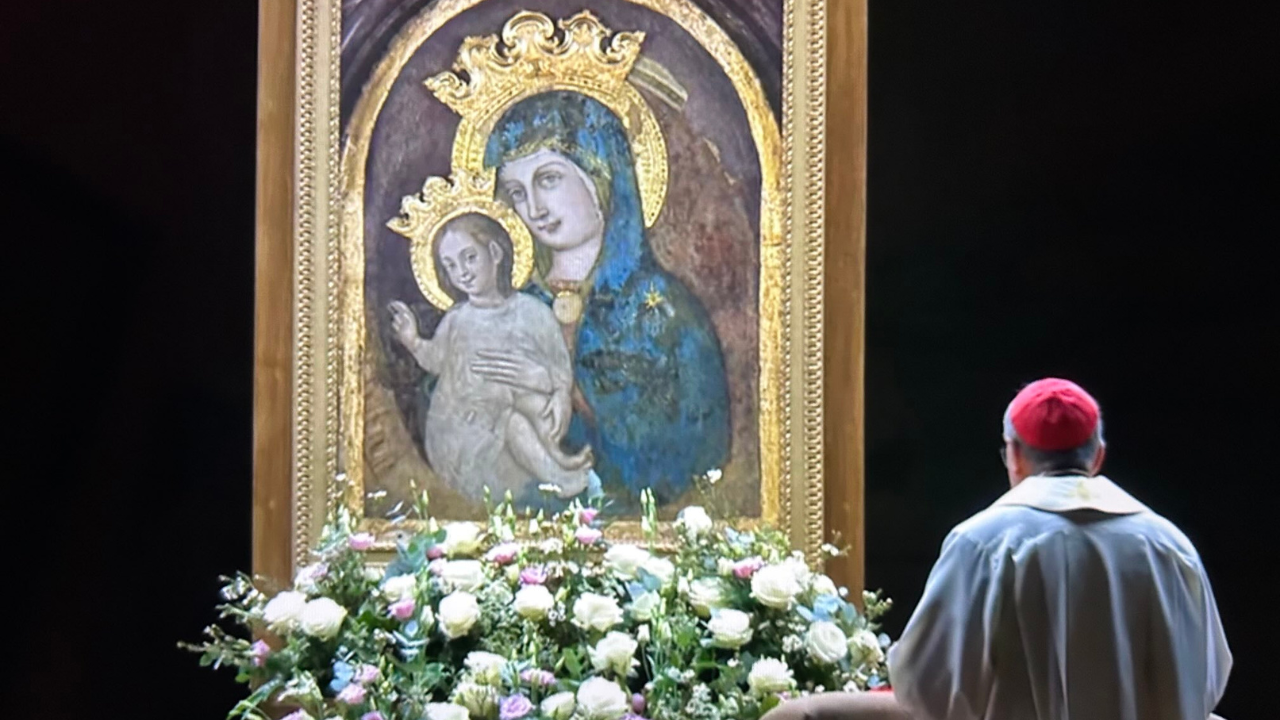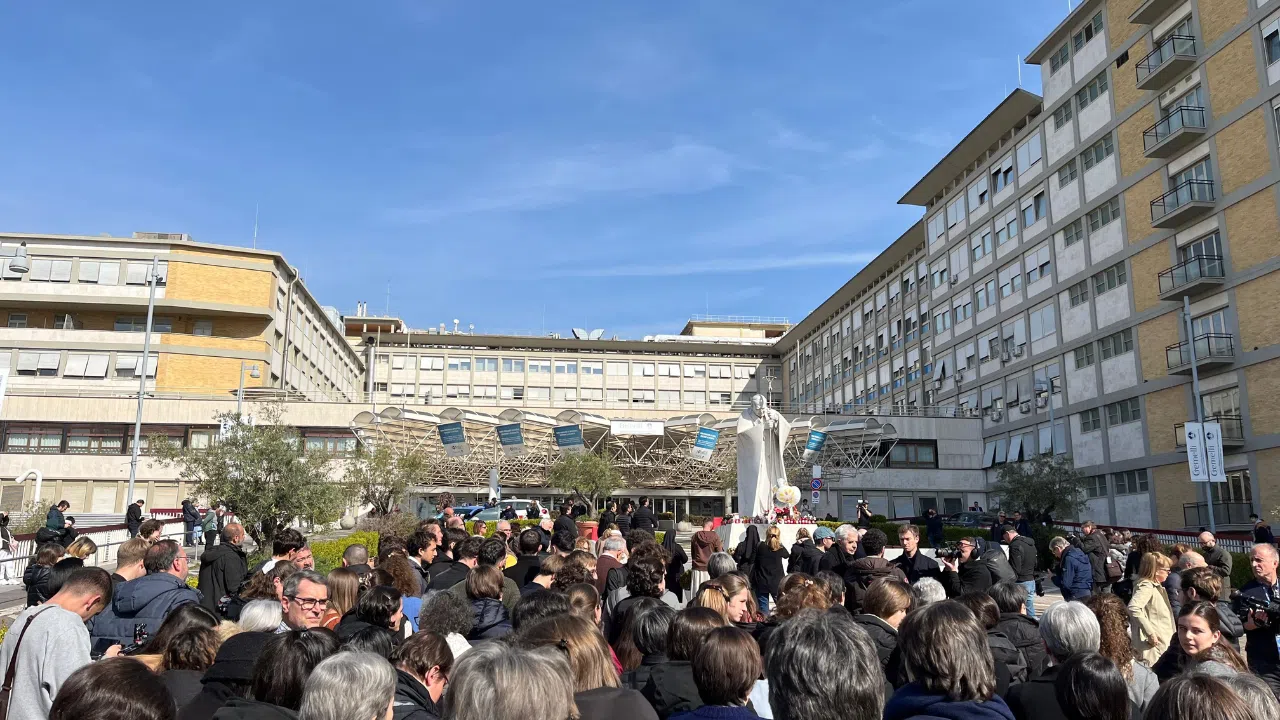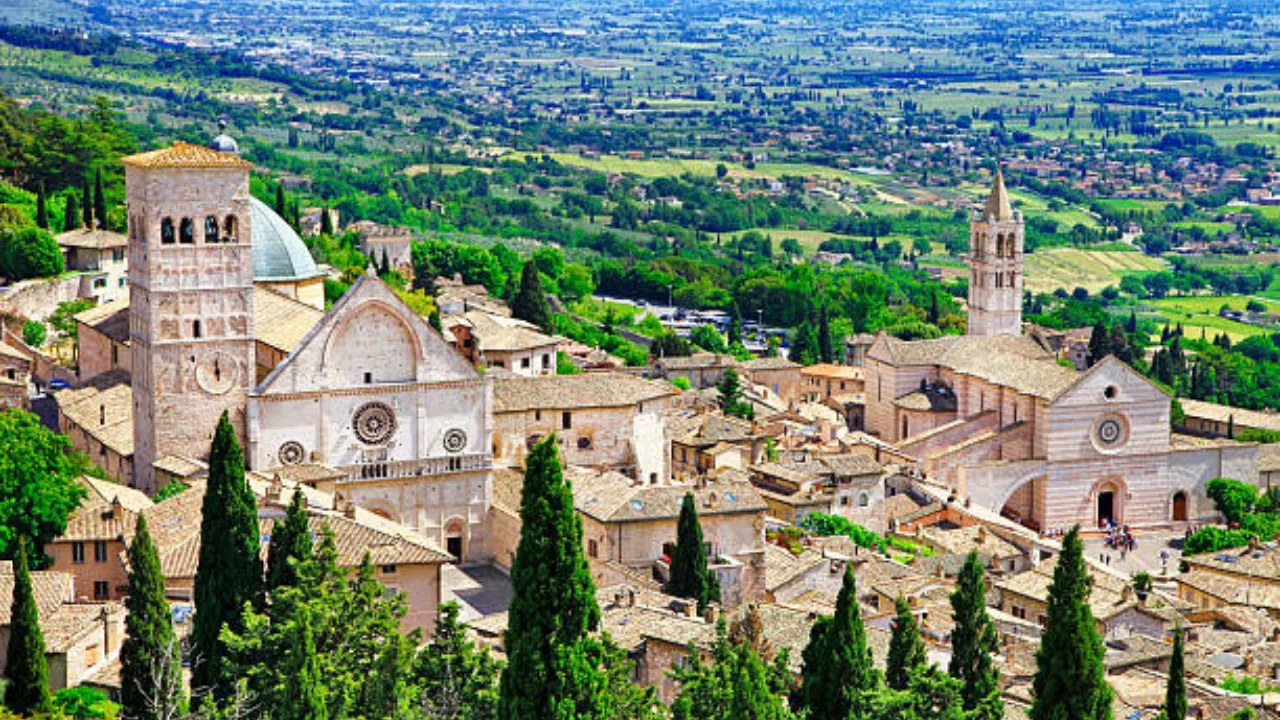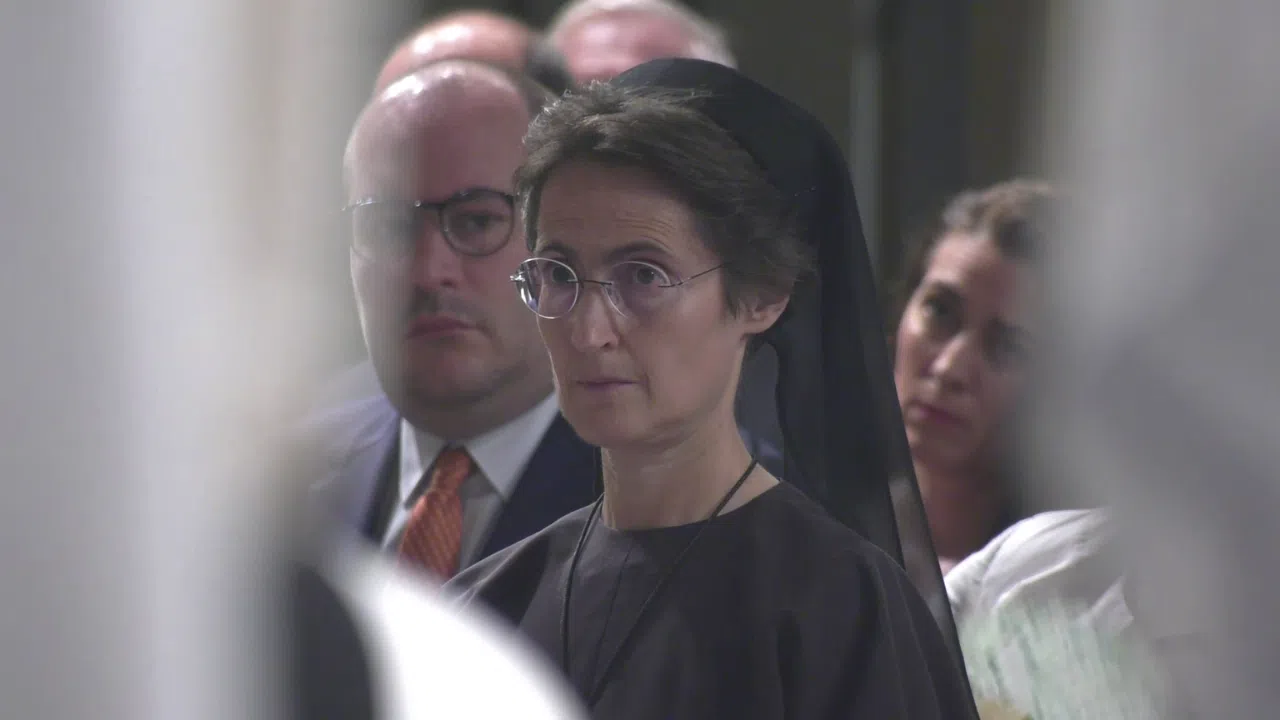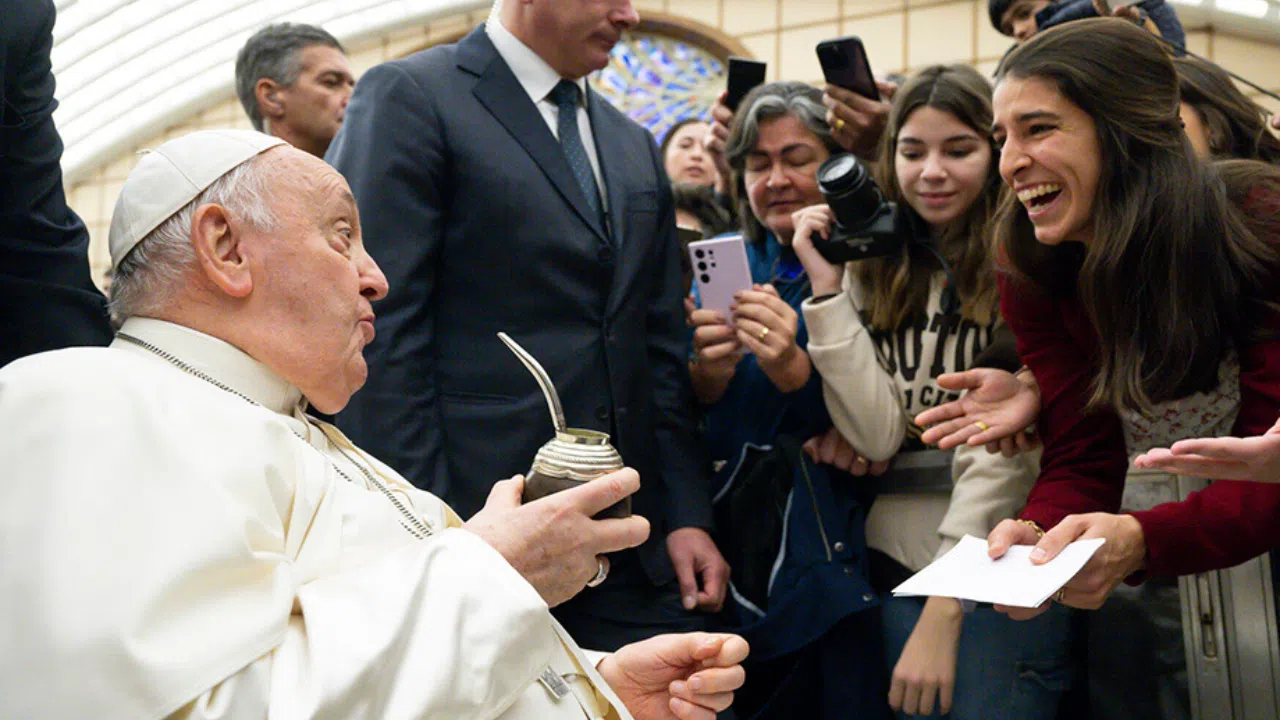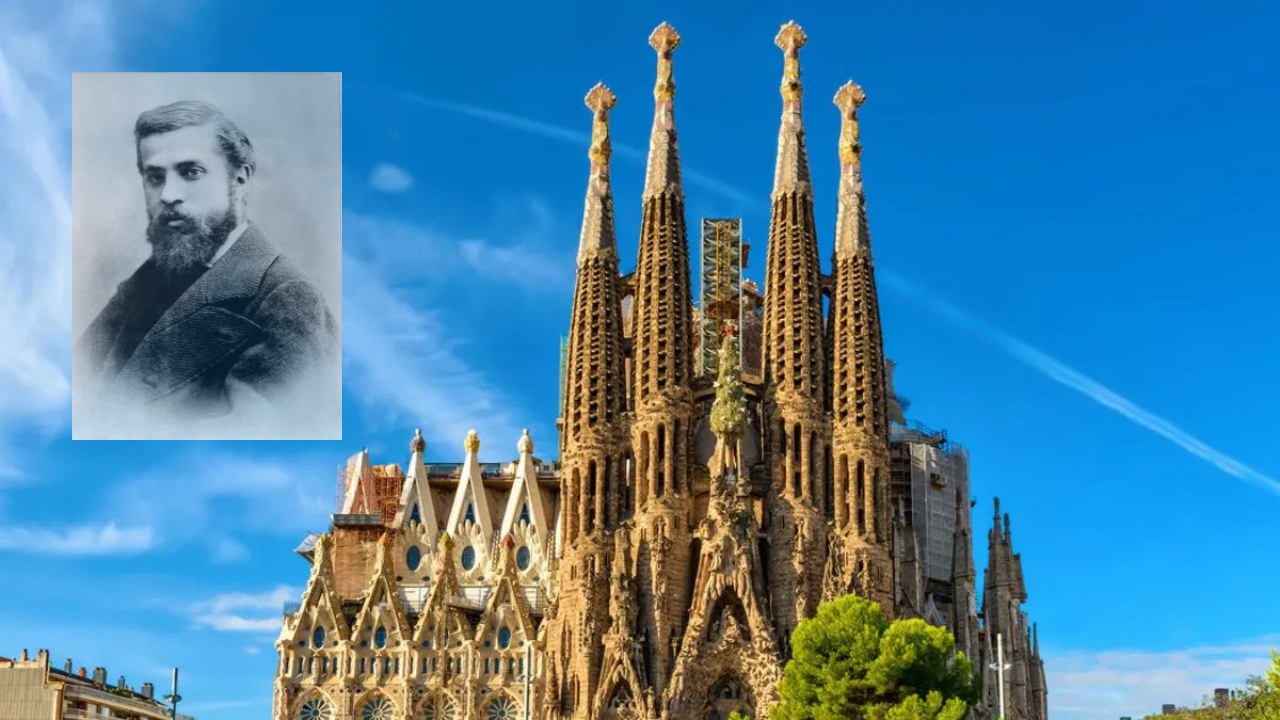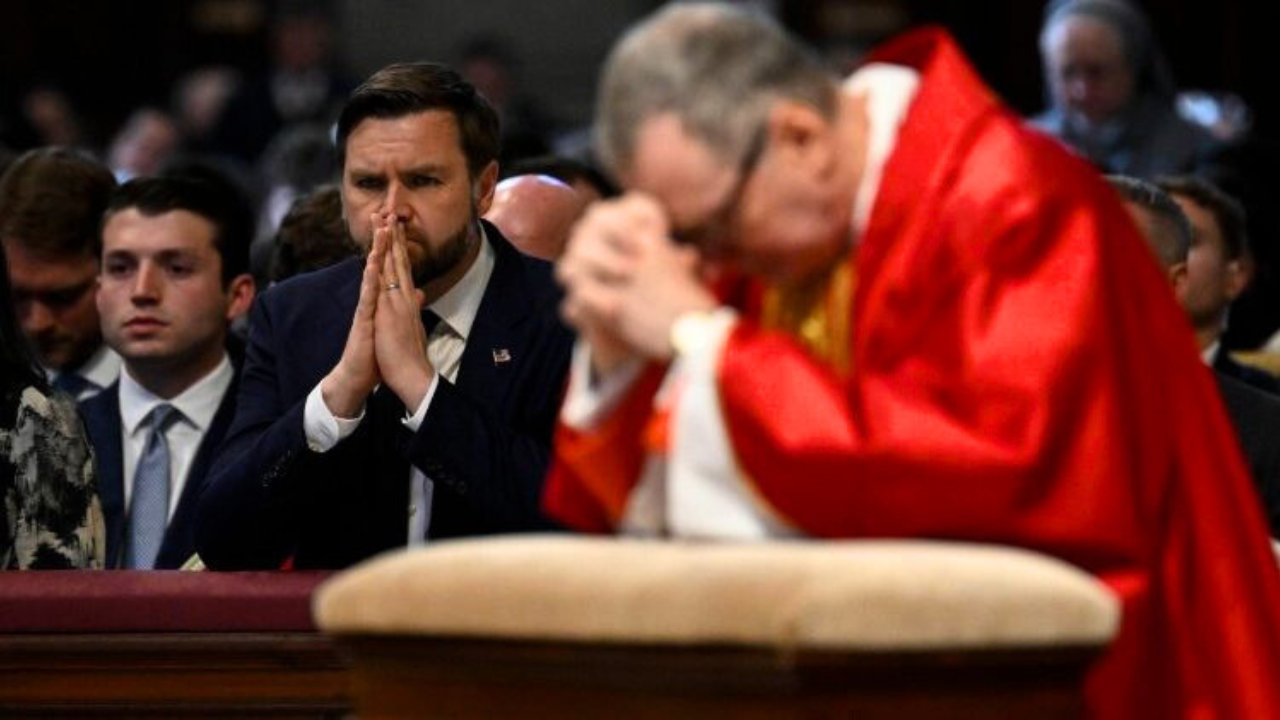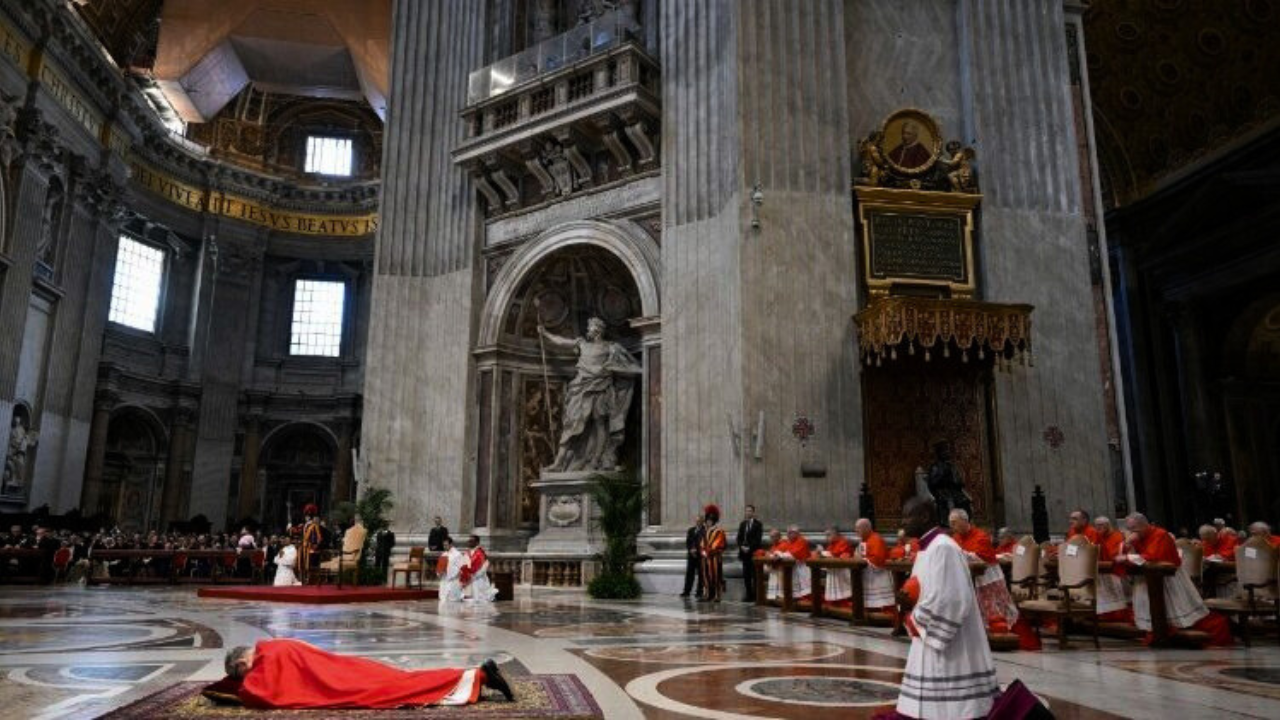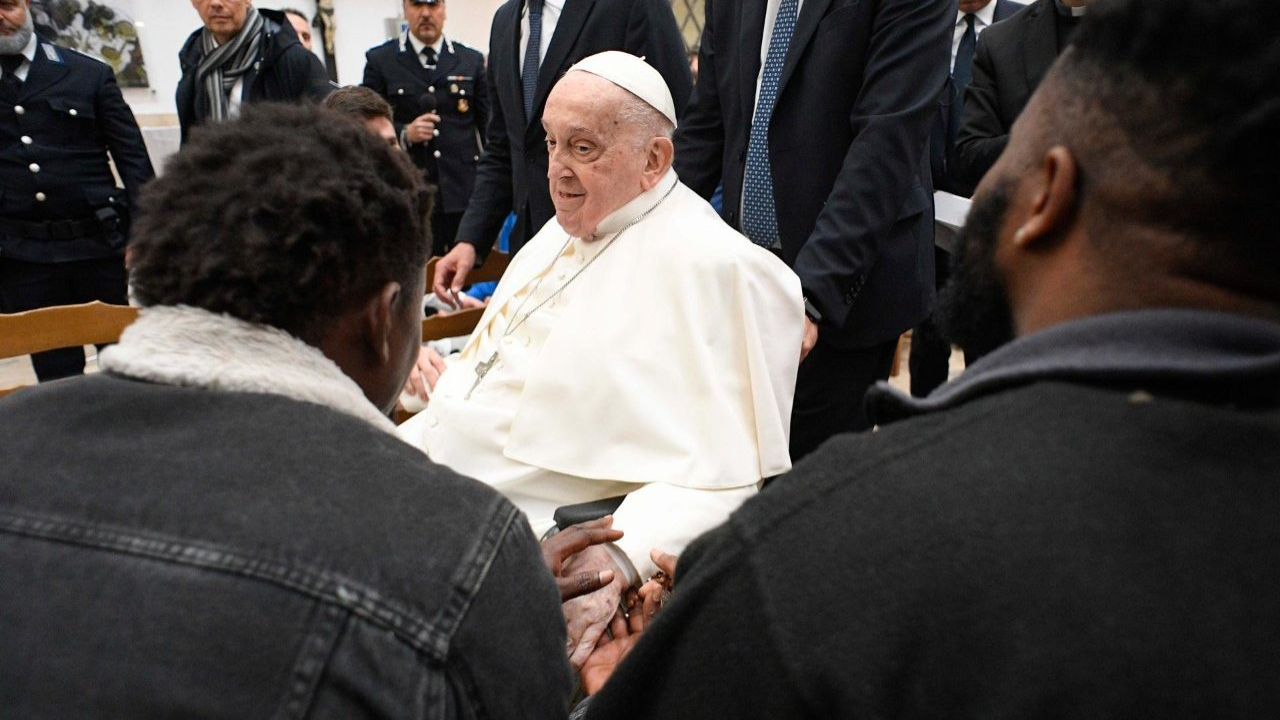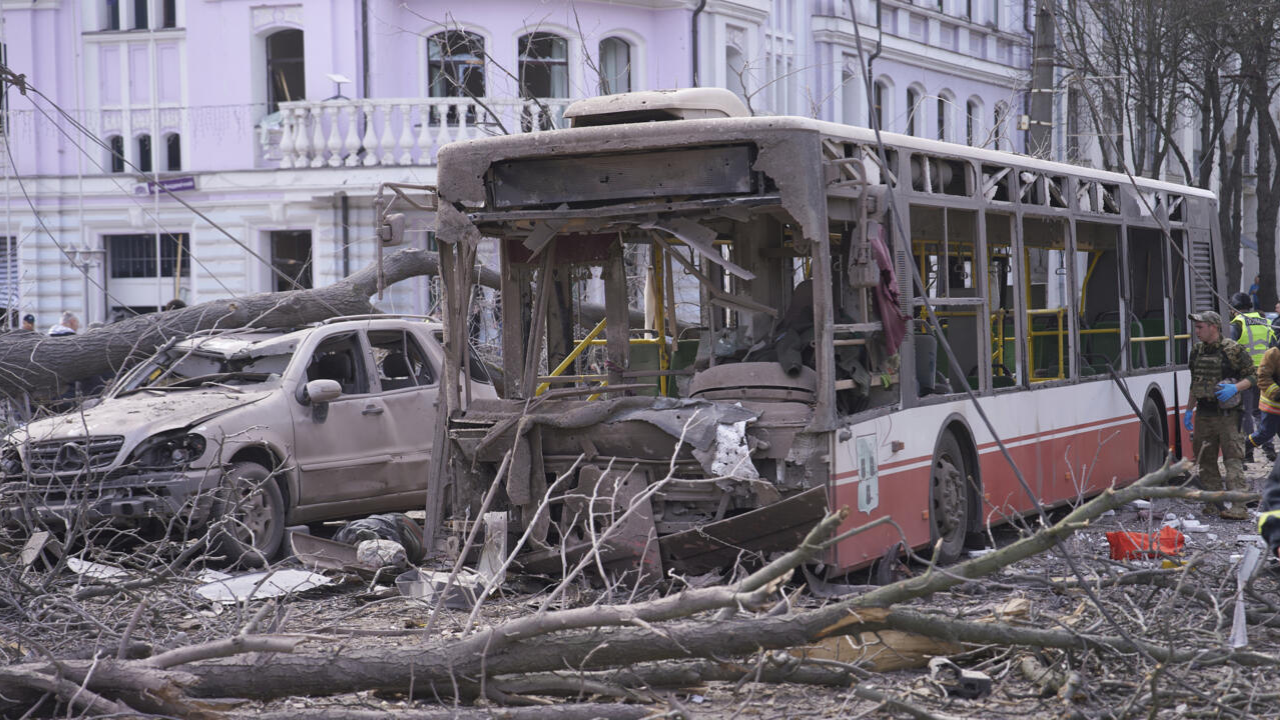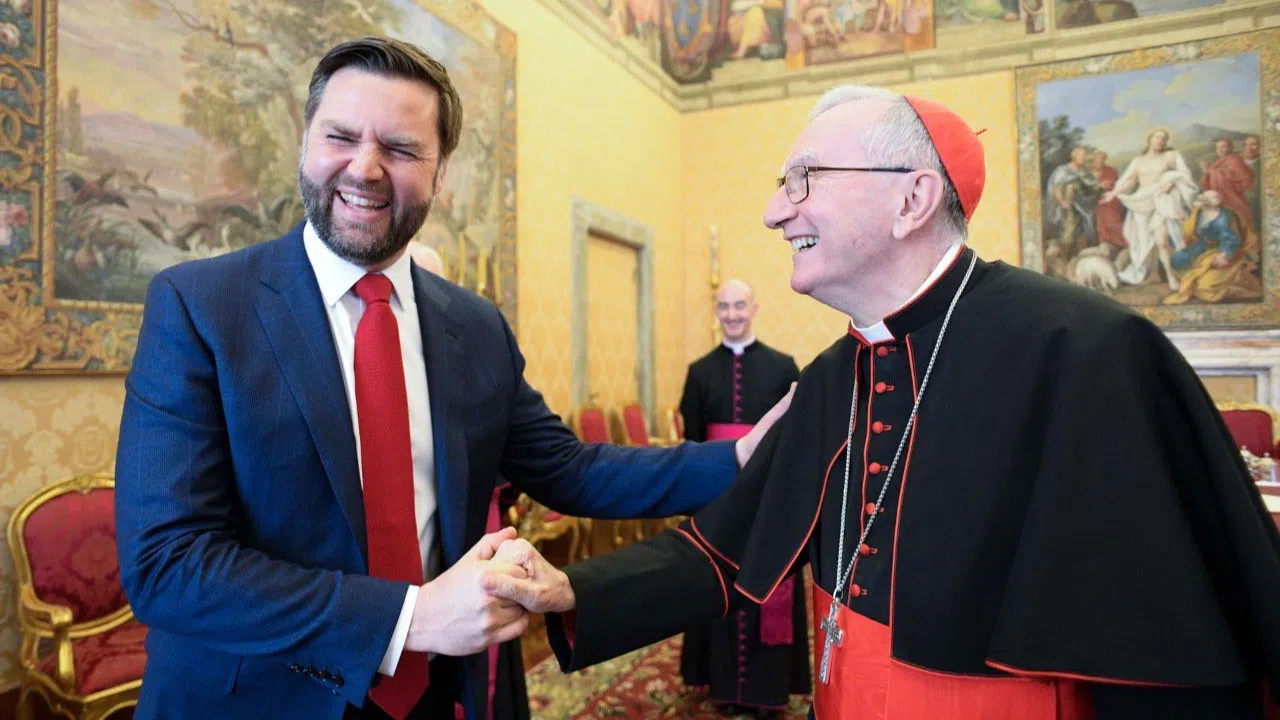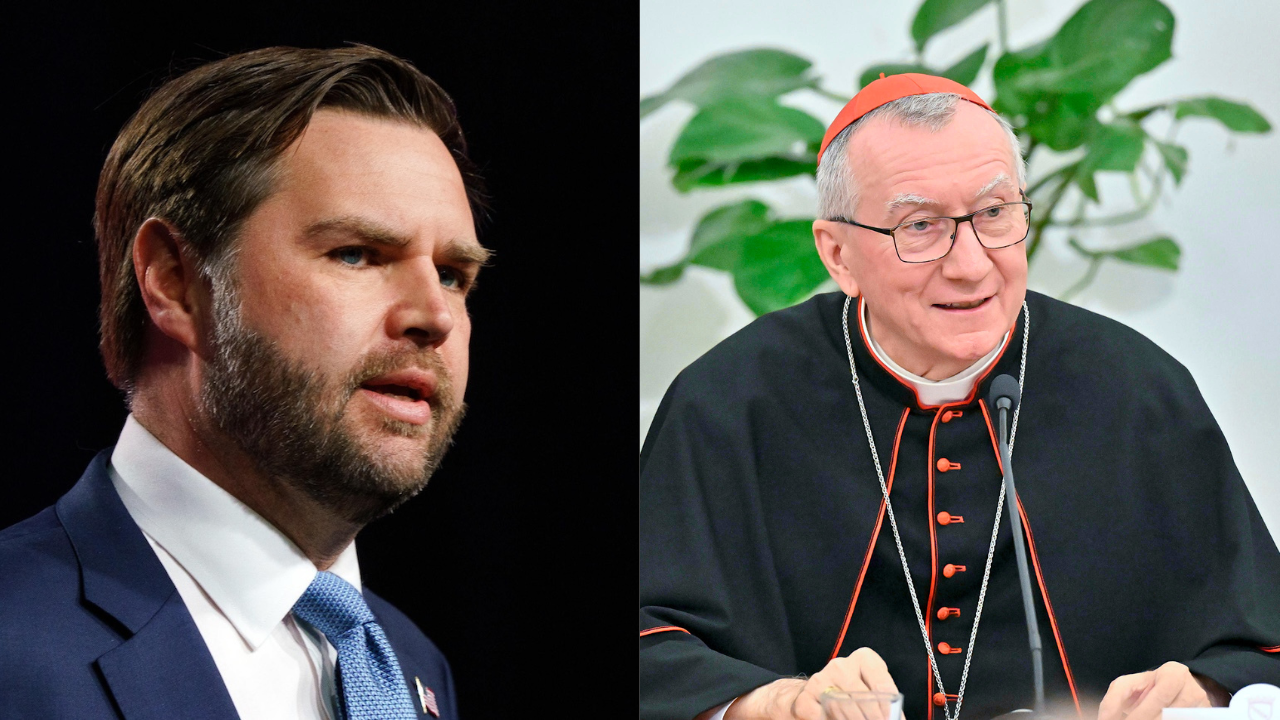The ancient Jewish community in Rome did not avoid the Nazi madness. Following a big raid in October 1943, many Jews were forced to live in hiding, some in churches like this one: Saint Joachim, in the center of Rome.
The parish priest at the time, Marco Antonio Dressino, hid three Jews in a nook of the roof for nine months. It was an episode that he kept secret until Father Ezio Marcelli decided to investigate it 40 years later.
FR. EZIO MARCELLI
“This story has been hidden for 40 years. Nobody knew. When I arrived in Rome, someone said: here we saved Jews. Then I thought: I want to understand what happened here exactly.”
The Nazis entered churches and carried out many checks. To avoid being found the Jews opted for an extreme measure: blocking the entrance. This way nobody could enter or leave.
FR. EZIO MARCELLI
“To communicate with their families, they tied their messages to a thread and lowered them down through a hole in the roof of the church. To receive food, clothes, newspapers, they used this window through which even people could pass.”
Jewish refugees had a deep respect for Catholics. For this reason, one of them drew on the walls of their hiding place the face of Christ crowned with thorns, the suffering of the three companions; and the sweetness of the Virgin and Child, that offered the refugees tenderness and comfort during difficult times.
This anguish is also reflected in this image of a man sitting with his hands covering his face. These tense moments were not lacking. For example, one day while the parish priest picked up one of his messages, a group of Nazis entered for a check. The priest threw himself to the ground as if he were praying and the soldiers did not notice.
FR. EZIO MARCELLI
“The Jews were safe thanks, above all, to four people: the parish priest Antonio Dressino; a French nun called Margarita Bernès, who was well known in the neighborhood and could easily get food, clothes or whatever they needed; also an engineer named Pietro Lestini, who had the idea of the wall so that nobody could enter. He was helped by his daughter, a university student. She was in charge of taking the letters of the Jews to their relatives.”
In 1995 this student then elderly, collected the posthumous award from the state of Israel for those who helped persecuted Jews: Antonio Dressino, Margherita Brenès, Pietro Lestini and her daughter all being recognized as “Righteous Among the Nations.”
